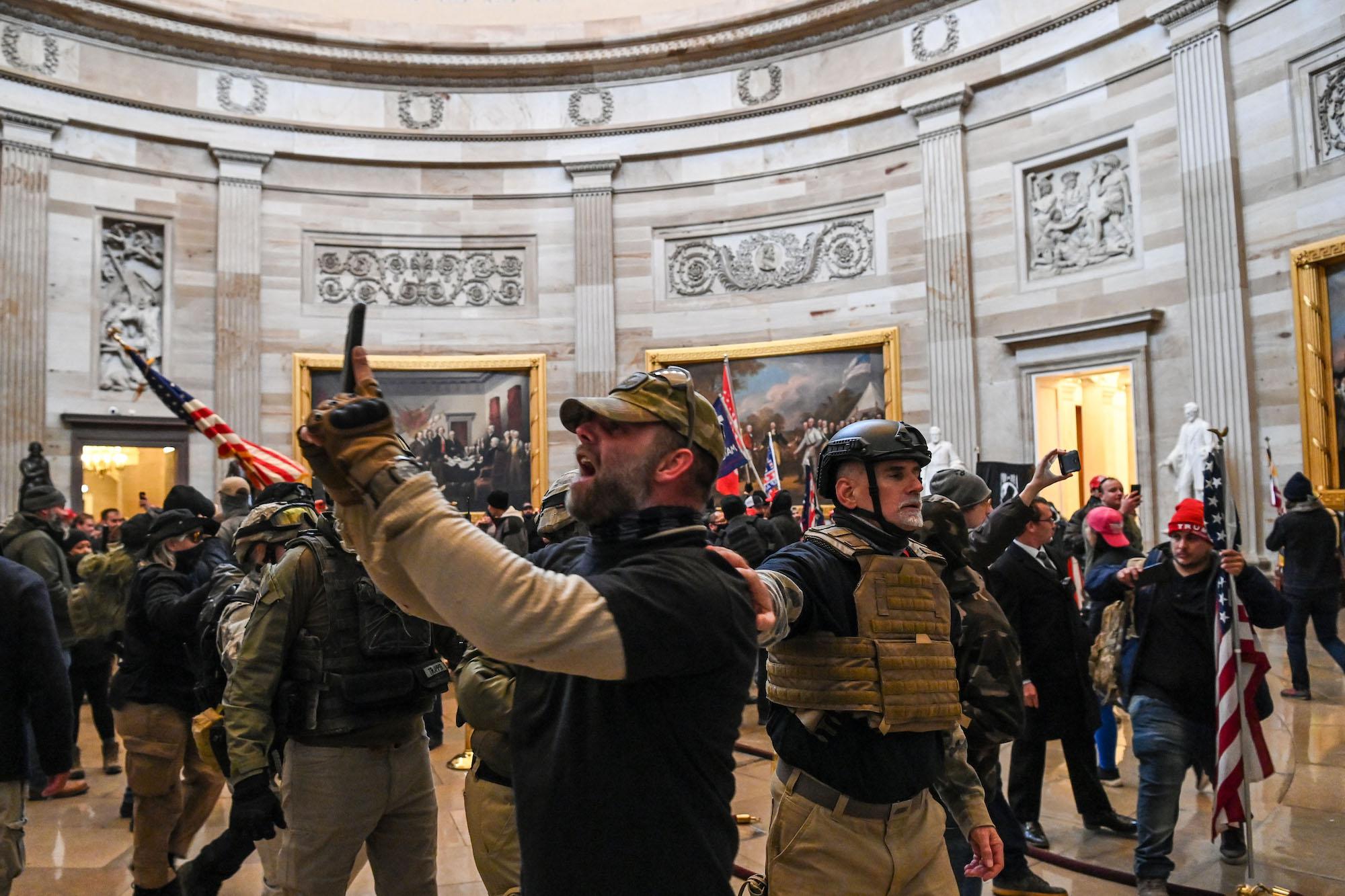Fact Check: If You’re a Refugee, Is It Easy to Slip into the US?

David Miliband, former MP in the UK and current head of International Rescue Committee, caused a stir this weekend when he declared on television that “the toughest way to get into the US is as a refugee”. Citing this as his key objection to the Trump administration’s recent policy changes.
But is this a fact?
First, the process that he refers to is a long and arduous one. We break it down for you here.
To enter the United States as a refugee one must first be classified as a refugee; as designated by the UN, a US embassy, or certain NGOs. You must then be referred for possible resettlement in the USA.
You must then have an extensive interview with the State Department.
Then, undertake a series of 2-3 background checks in a row.
Here begins three rounds of fingerprinting and photo-taking. In order to facilitate cross-referencing with FBI and Homeland Security databases.
A possible extra review goes here, if the refugee in question is from an extra-unpleasant place, like Syria.
At this point an extensive face-to-face interview with a Homeland Security officer occurs.
The approval of the Department of Homeland Security must be granted for anything further to take place.
Medical checks and contagious disease screening.
Cultural orientation class.
Resettlement discussion and explanation of that process.
Another series of background checks across several US government agencies, as the process has taken place of a span of time that relevant data may have changed since step 3.
Final security check upon arrival in the USA.
Begin applying for a Green Card. The list of things needed to do that is too long for us to include here.
This series of actions can take “12 to 18 months on average”, not including steps 1 and 13, which can take years on their own.
While the difficulties of the American immigration system have been commented on before, both humorously and in all seriousness, this element of it is clearly as difficult, as thoroughly dedicated to knowing everything about you, and as dedicated to caution as any other part of the system.
For comparison, a person wishing to study in the United States can expect an F-1 visa to take less than 120 days, and has to undergo a much less intensive vetting process. Citizens of some nations don’t even require visas to get into the US at all.
So, was David Miliband correct with his statement? As a general finding, yes. Before you can enter the United States as a refugee you must undergo extensive background checks and a process long enough to make even the most patient of people go mad. As Big Think has shown before, the odds of a refugee causing you harm are low to say the least.
This is, in large part, because of the already extensive screening and vetting process that refugees have to pass through before they can enter the United States at all. The statement of Mr. Miliband is the fact.
—





